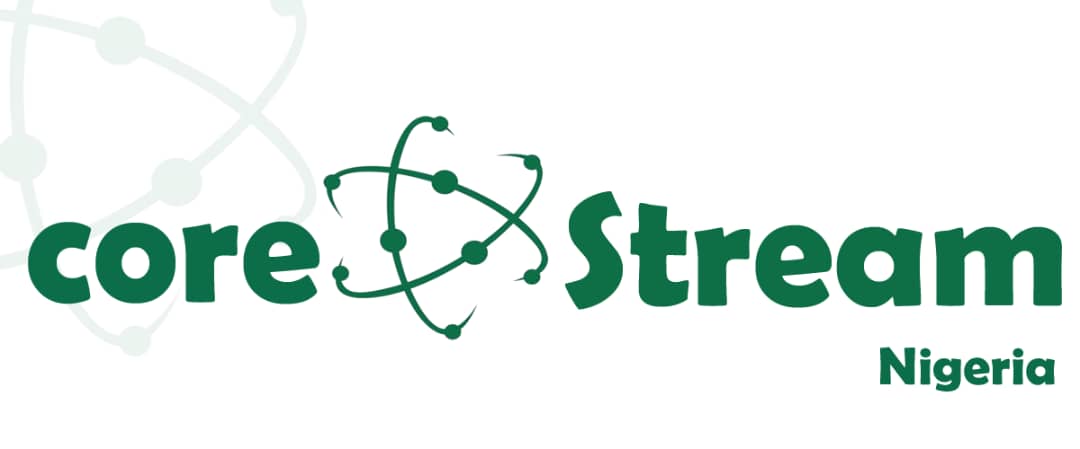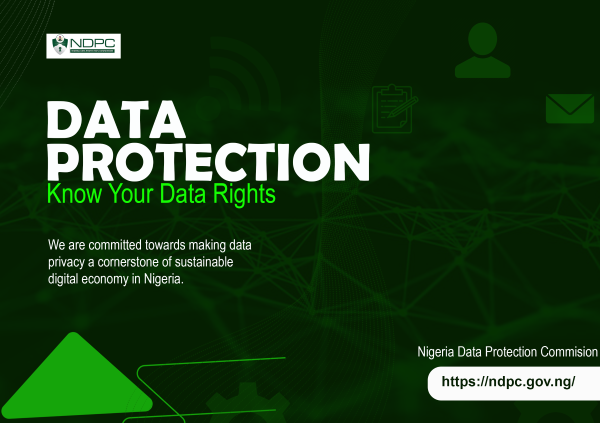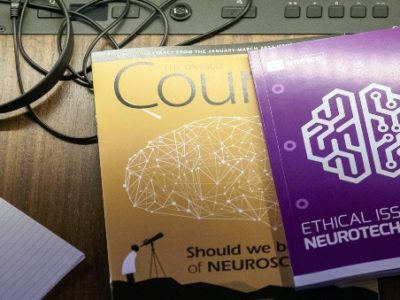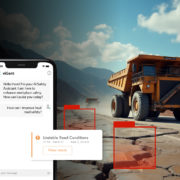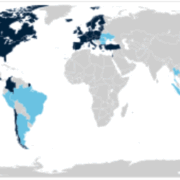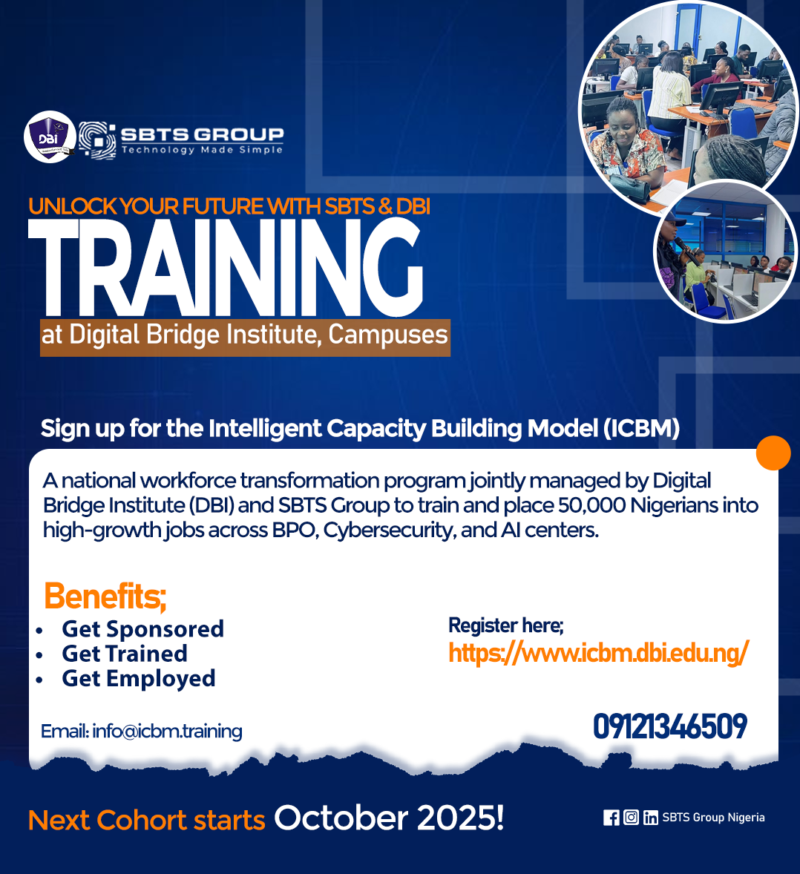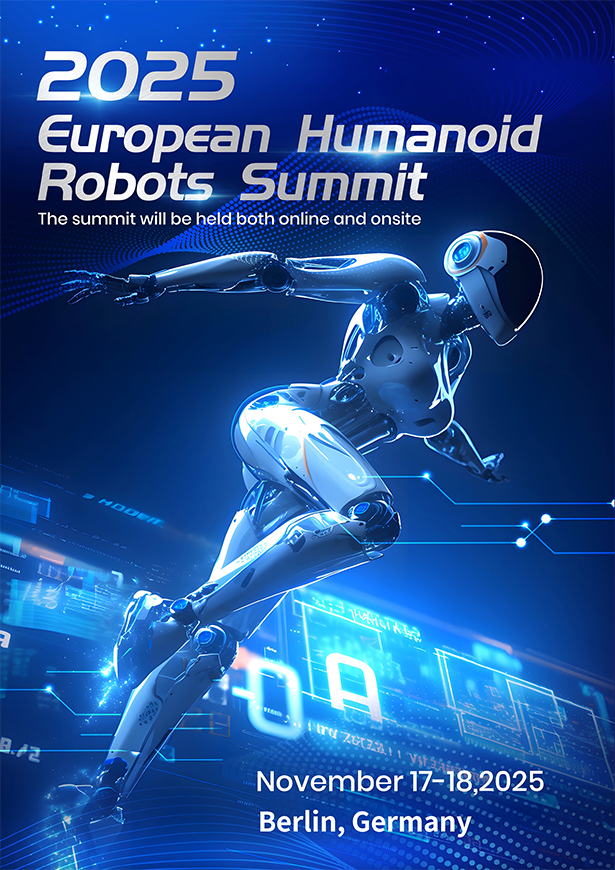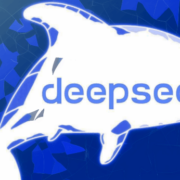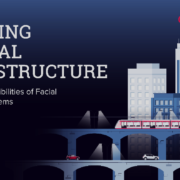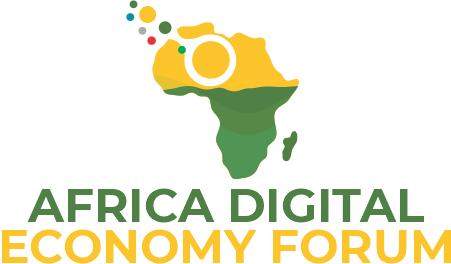Artificial Intelligence (AI) is rapidly altering healthcare, but its role in pediatric care is just beginning to unfold. From improving diagnostic accuracy to predicting potential health risks, AI offers promising solutions to long-standing challenges in treating children. As technology advances, the potential to enhance safety, efficiency, and outcomes in pediatric care grows stronger.
In this article, we will discuss how AI could be the missing link in safer pediatric care.
RELATED: How AI and Open Banking are About to change everything for Fintechs (and You!)
Reimagining Pediatric Care Through Artificial Intelligence
Integrating AI into pediatric care opens doors to faster diagnoses, personalized treatment plans, and predictive analytics. Machine learning algorithms can investigate vast medical datasets to support early intervention and reduce medical errors.
However, everyone is still not aware of what AI can do and how it can be utilized fully. A recent study by the National Library of Medicine found that only 2.3% of healthcare providers are aware of AI. At the same time, 38.6% of healthcare providers were somewhat aware of AI, and 59.1% were not at all aware.
Now, it’s time to make everyone aware of AI to offer a future where pediatric care is safer, smarter, and more proactive.
Predictive Tools for Early Diagnosis of Childhood Illnesses
Artificial Intelligence is revolutionizing early diagnosis by powering predictive tools that analyze symptoms, genetic markers, and patient history. These tools can flag potential illnesses, like asthma, diabetes, or developmental disorders, before they become clinically apparent.
ScienceDirect conducted a study and found that asthma prognosis is a critical outcome in pediatric asthma management. New AI models can offer distinctive insight into asthma prognosis for 3 years in children, by using their EHR data. The AI model mainly uses the diagnosis time and relevant possibilities in their prediction.
By identifying risks earlier, pediatricians can intervene sooner, improve outcomes, and reduce long-term complications. AI’s ability to learn and adapt makes it a powerful ally in safeguarding children’s health from the start.
Using AI to Monitor and Flag Risks in Infant Nutrition and Products
AI can detect early signs of contamination, nutritional imbalances, or ingredient sensitivities in baby food and formula. Emerging technologies now help flag potential hazards in nutritional products. It’s an area of growing concern following recent health scares and legal actions involving contaminated infant formula. A prominent example of such contaminated infant formula is Similac and Enfamil.
As per TorHoerman Law, these cow milk-based formulas were found to increase NEC risk in premature infants. Abbott and Mead Johnson, the manufacturers of these formulas, failed to warn about the dangers of their baby food, which led to numerous lawsuits.
As AI continues to evolve, its role in ensuring infant safety becomes more critical, especially in light of increasing baby formula lawsuit cases. These tools offer real-time surveillance and predictive alerts, so that manufacturers and health authorities can act before widespread harm occurs.
What steps can parents take if AI tools or alerts suggest a possible risk in a formula they use?
In such a case, parents should stop using the product immediately and consult their pediatrician. Report concerns to the FDA or the relevant health authority. Keep the packaging for reference. Staying informed through trusted sources ensures safer choices and timely action for their child’s health.
Enhance Medication and Dosage Safety for Young Patients
Medication and dosage safety can be enhanced with AI in kids by analyzing individual health data, weight, age, and medical history. It reduces the risk of human error, allergic reactions, and harmful drug interactions.
According to the American Academy of Pediatrics, one in every 5 children given 2 or more prescription drugs faces an adverse drug reaction. At least one medicine out of 2 or more causes a drug-drug interaction. The chances of a drug-drug interaction increase with increasing age and medical complexity.
AI systems can also cross-check prescriptions in real-time to alert providers regarding potential issues. This personalized approach ensures safer, more accurate treatment plans tailored specifically for children’s unique medical needs.
AI’s Role in Personalized Pediatric Treatment Plans
By analyzing genetic data, medical history, and real-time health metrics, AI enables pediatricians to craft highly personalized treatment plans for each child. This technology identifies patterns and predicts responses to specific therapies and ensures targeted care that adapts as the child grows.
According to The Journal of Pediatrics, personalized medicine is vital in pediatric care due to children’s varied growth and symptoms. AI helps by analyzing genetics, environment, and history. It creates tailored plans that treat illness and support healthy development and well-being.
From chronic illness management to behavioral health, AI supports more effective and individualized treatments. It ultimately improves outcomes and reduces trial-and-error in pediatric healthcare decisions.
How do parents and doctors collaborate to ensure AI-recommended treatments are appropriate?
Parents and doctors collaborate by discussing AI-generated insights alongside the child’s medical history, preferences, and unique needs. Doctors interpret the data, while parents provide context and observations. Together, they make informed decisions so that treatments align with the child’s well-being, and it is human-centered and appropriate.
Moral Considerations and the Requirement for Human Oversight
As AI becomes more integrated into pediatric care, ethical concerns around data privacy, consent, and bias must be addressed. Children are a vulnerable population; that’s why transparency and safeguards are essential. Human oversight ensures AI recommendations are interpreted within context and compassion.
Doctors, not algorithms, must make final decisions. Balancing technology’s capabilities with empathy and ethical judgment to protect young patients and maintain trust in the healthcare system.
What are the risks of relying too much on AI in pediatric decision-making?
Over-reliance on AI in pediatric care can lead to misdiagnosis if algorithms misinterpret data or lack context. It may overlook emotional, social, or developmental factors unique to children. Without human judgment, care risks becoming impersonal. Balancing AI support with clinical expertise is crucial for safe, holistic decision-making.
Bridging Innovation and Compassion in Pediatric Care
Artificial Intelligence holds immense promise in transforming pediatric care through enhanced accuracy, personalization, and early risk detection. However, its success depends on responsible integration with human expertise.
By embracing AI while upholding ethical standards and compassionate oversight, we can create a safer, smarter healthcare future for children.


